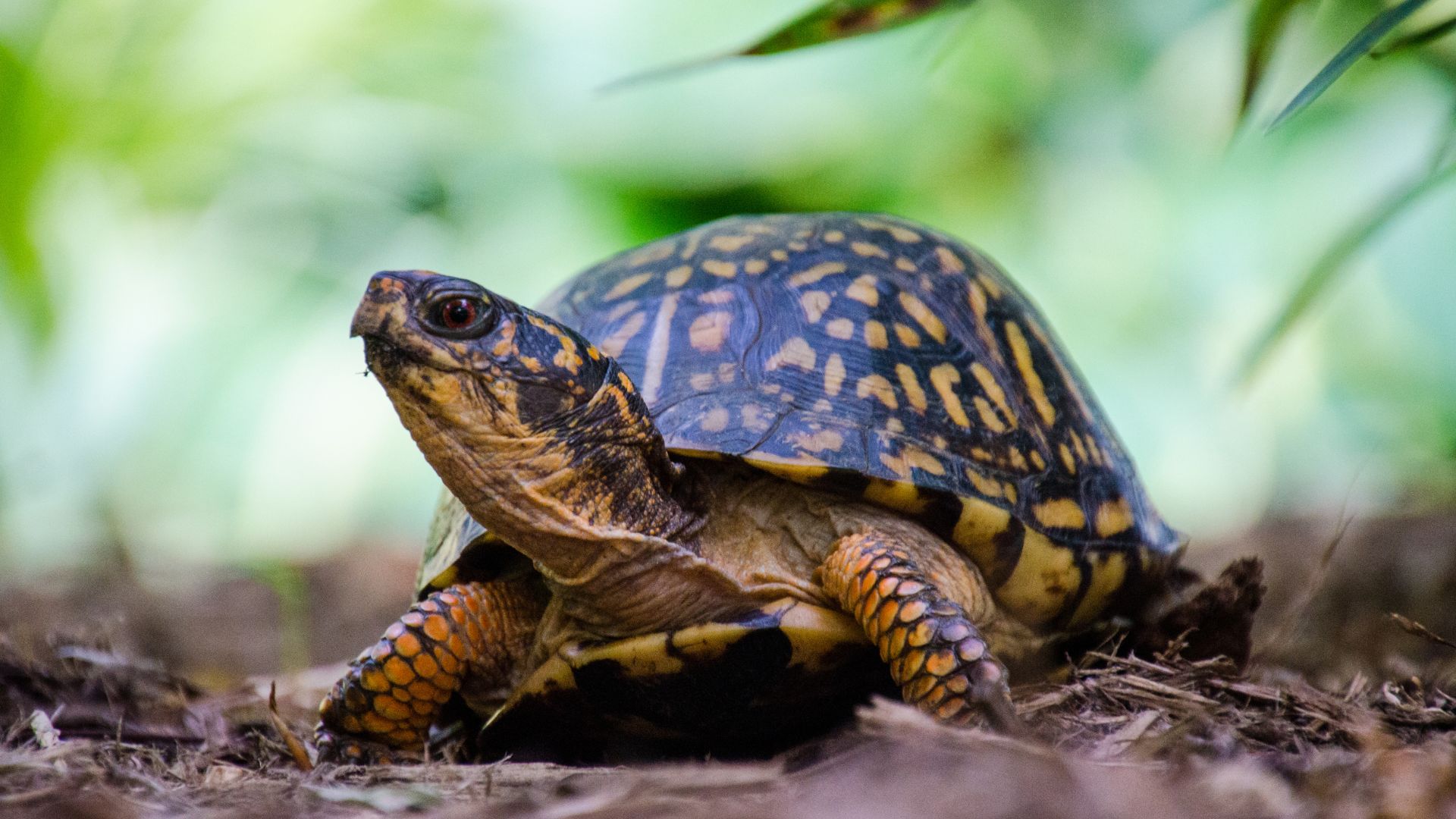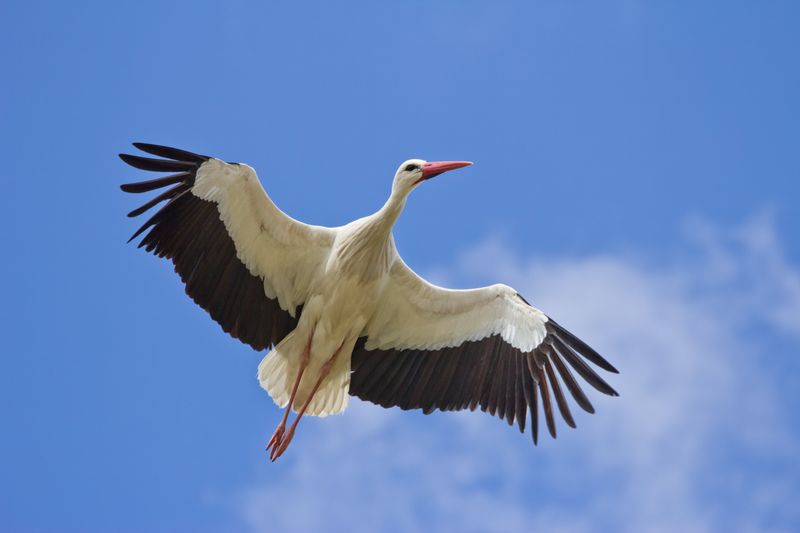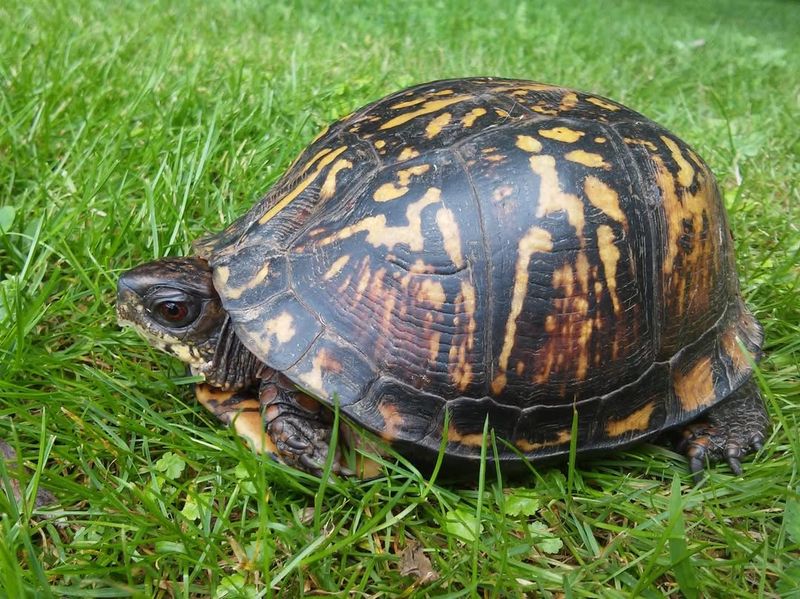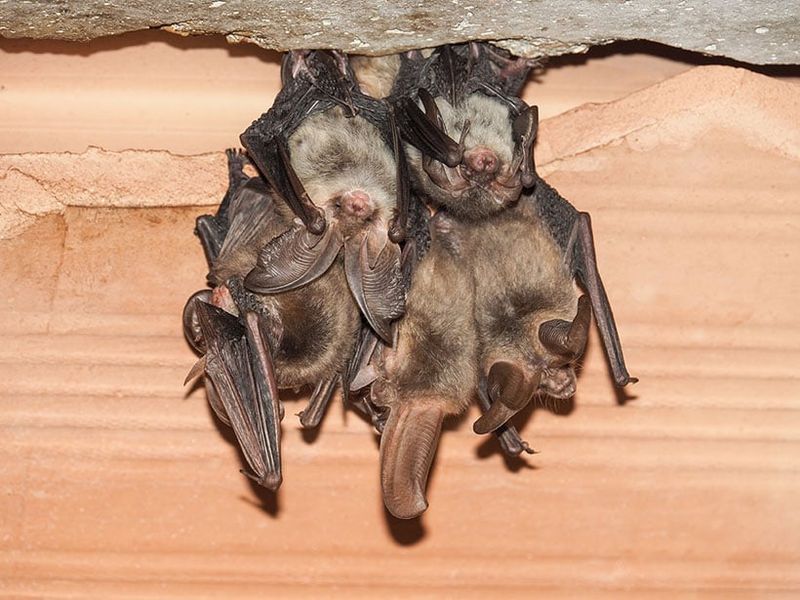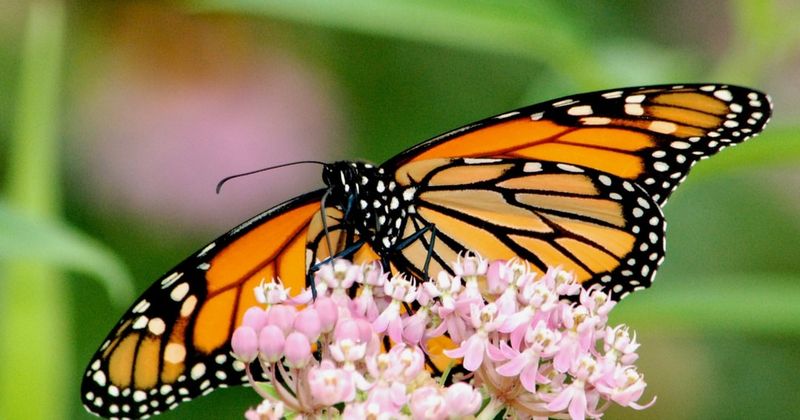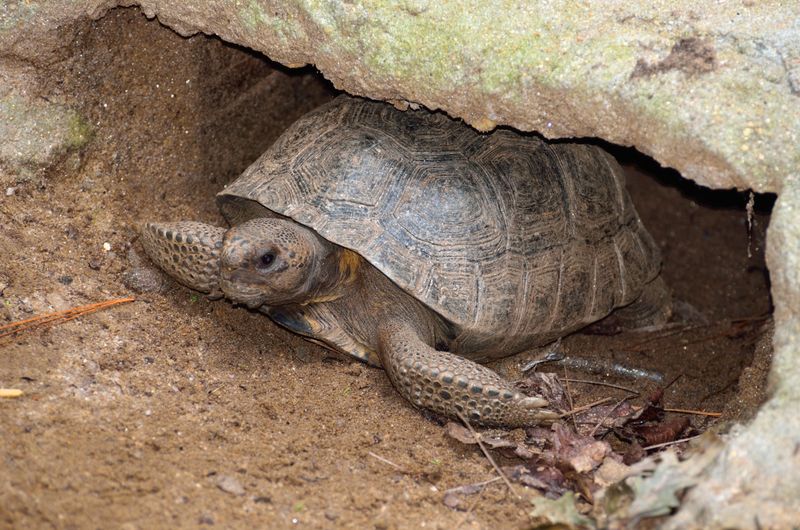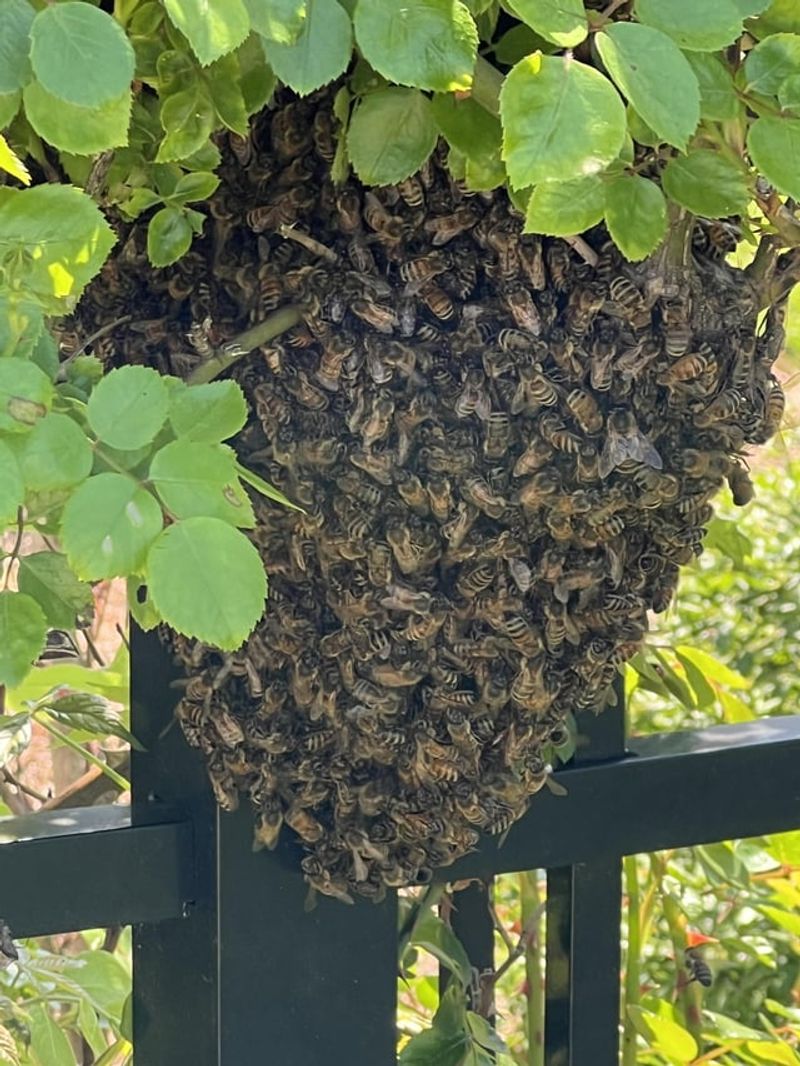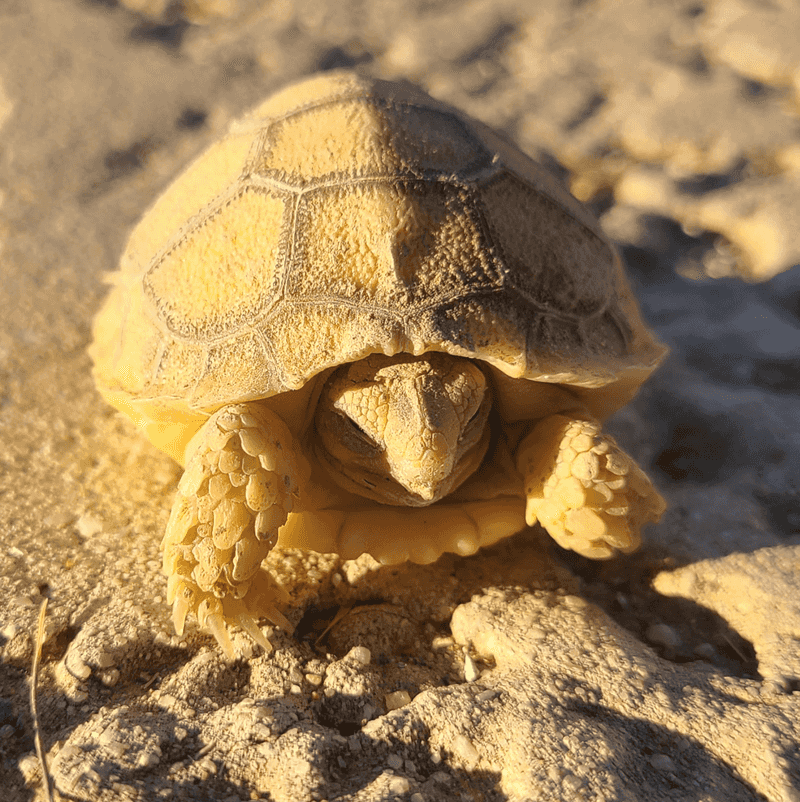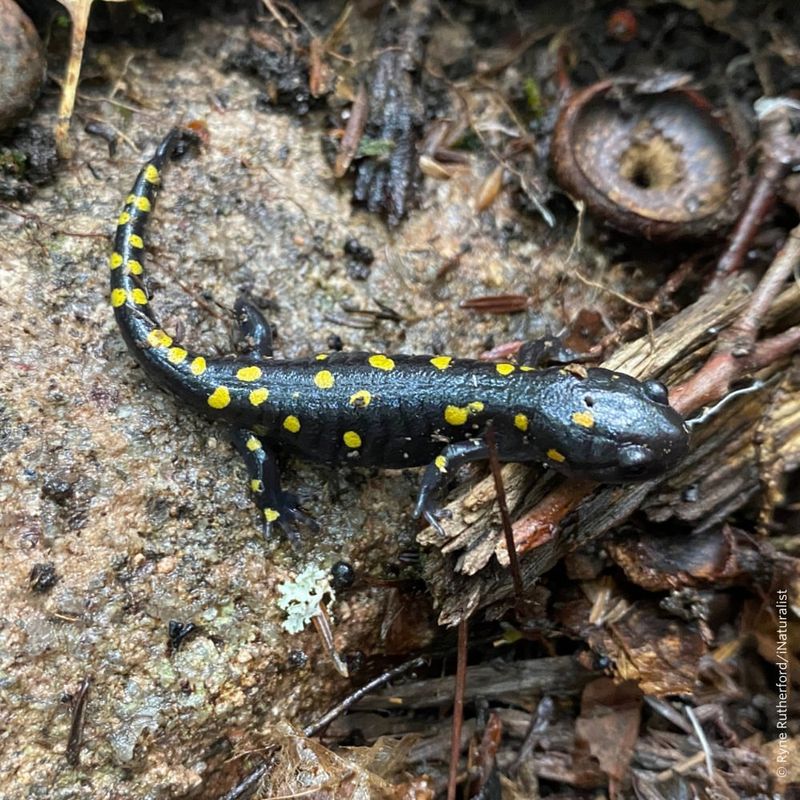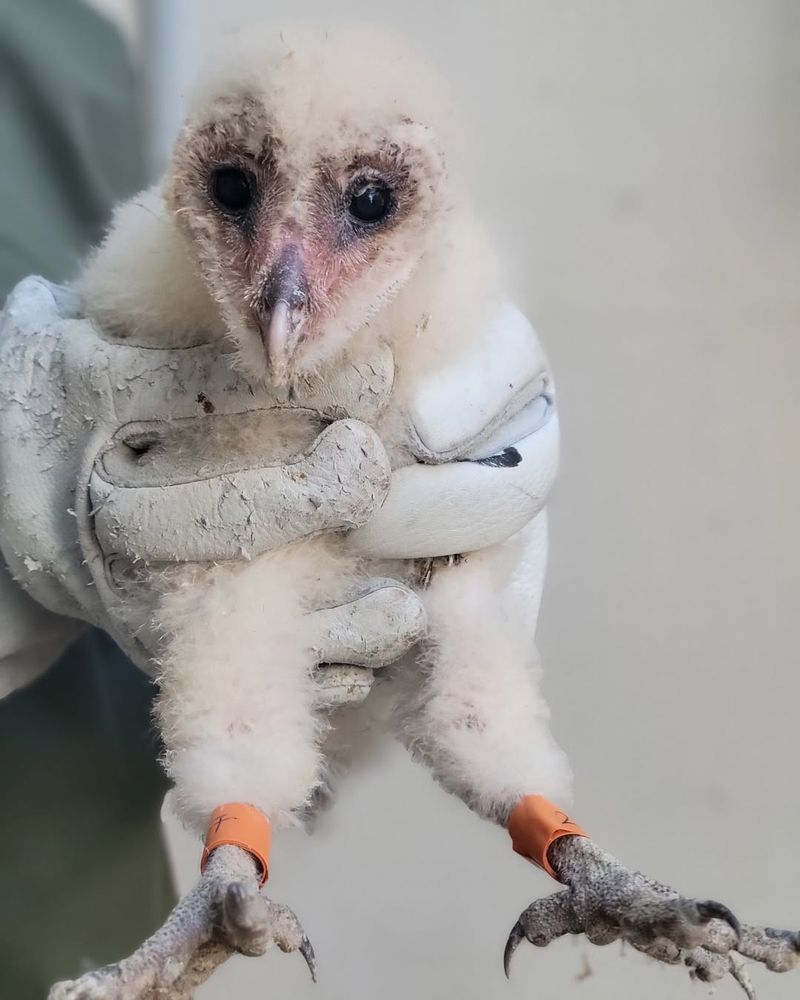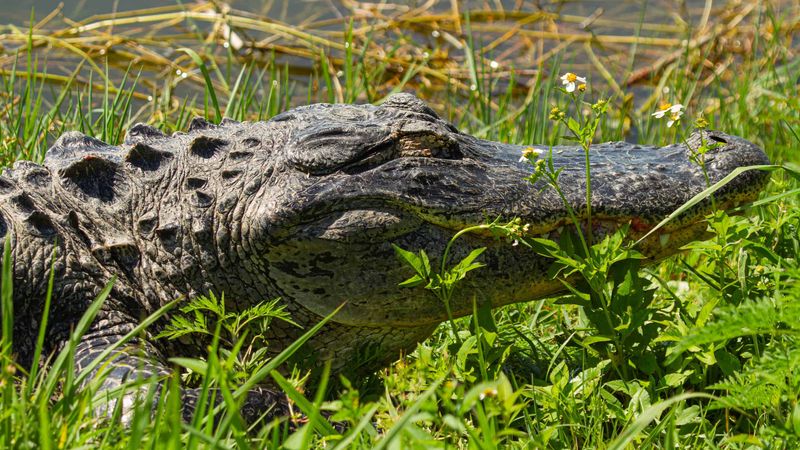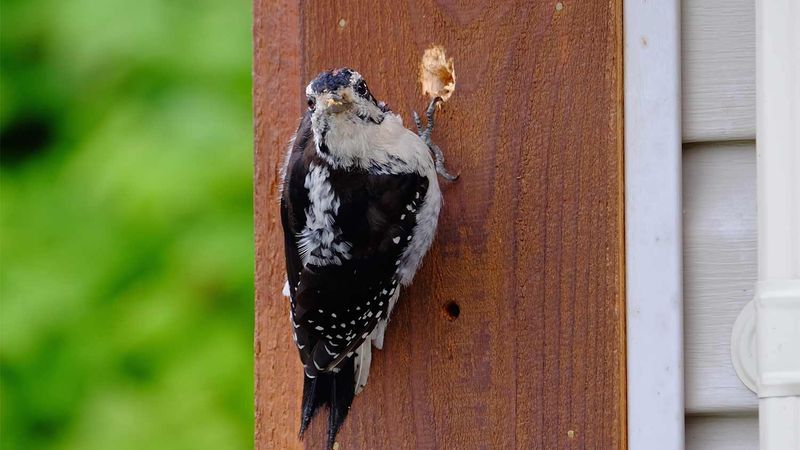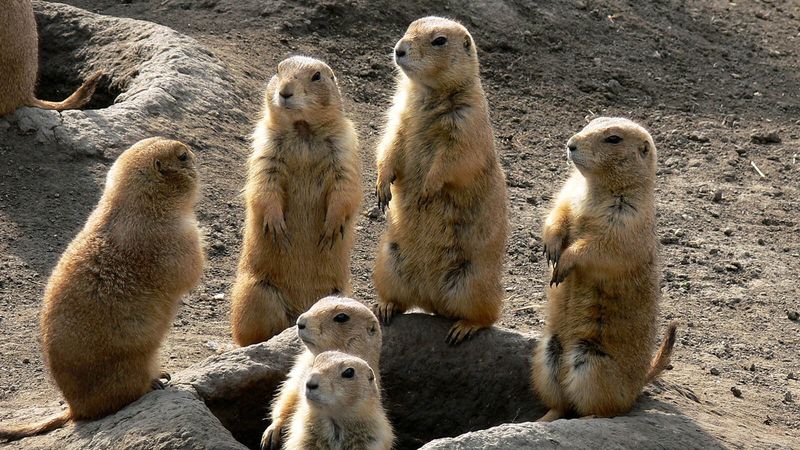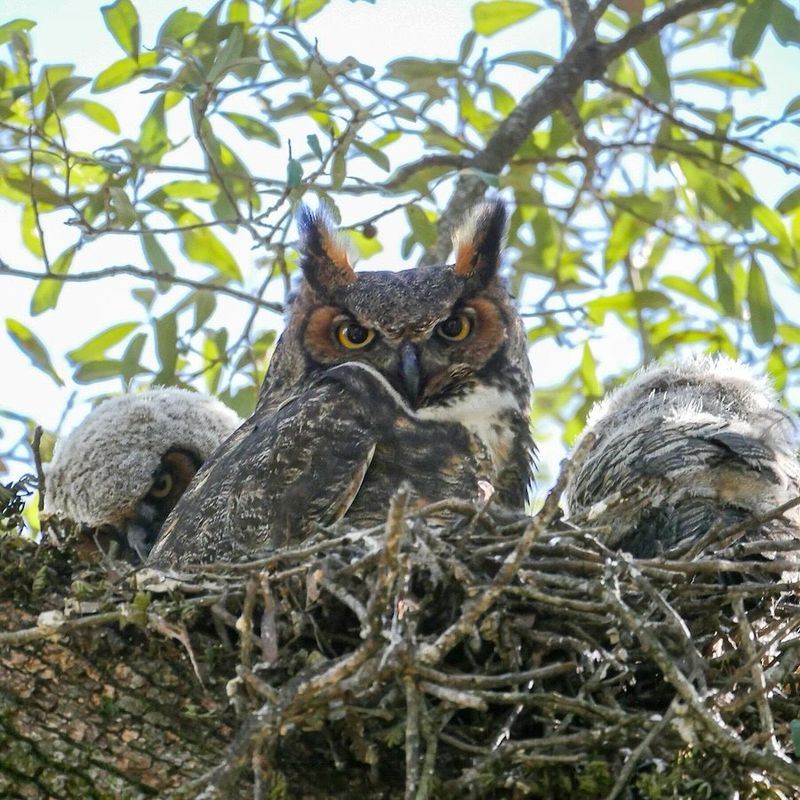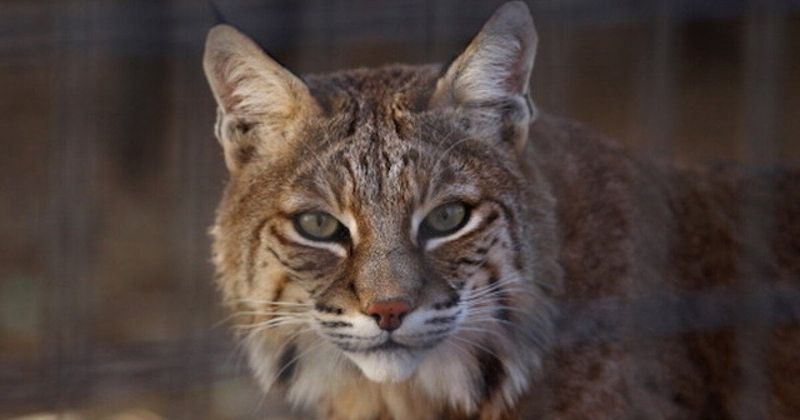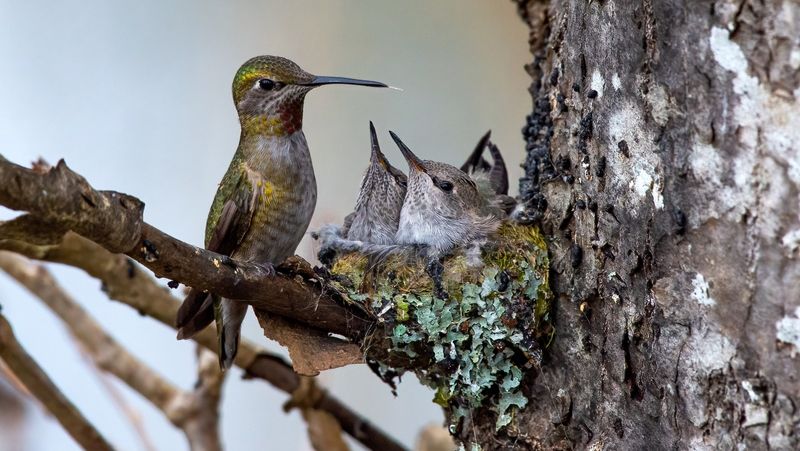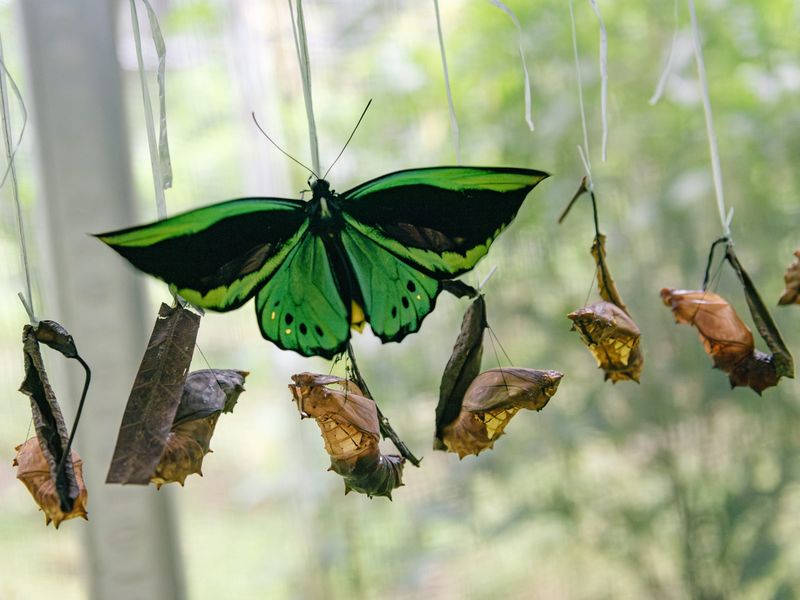Discovering unexpected wildlife in your yard can definitely catch you off guard—and maybe even make you want to take action. But before you reach for a trap or start digging, it’s important to know that many of these creatures are actually protected by law, even on your own property.
Federal and state regulations often prohibit harming, harassing, or removing certain animals without the right permits. It’s not just about following rules—it’s about respecting the wildlife that shares your space, whether it’s convenient or not.
Over time, I’ve learned that coexistence is usually the best path forward. So, here’s a list of 17 creatures you might have to live with—and maybe even come to appreciate—as part of your backyard ecosystem.
1. Bald Eagles
Under the Bald and Golden Eagle Protection Act, these national symbols receive special federal protection. Disturbing their nests is a serious offense that can result in hefty fines up to $100,000 and potential jail time.
If one decides to nest on your property, you’re legally required to leave it alone. The good news? They primarily build nests in tall trees near water sources, so most suburban homeowners won’t face this dilemma.
When I spotted one perched in my neighbor’s oak tree last spring, we called wildlife officials who simply advised us to keep our distance and consider ourselves lucky.
2. Migratory Birds
Thanks to the Migratory Bird Treaty Act of 1918, nearly all native bird species in North America are protected by law. This includes common yard visitors like robins, cardinals, and hummingbirds.
Removing active nests, eggs, or fledglings can result in fines up to $15,000. Even if that robin built a nest right above your front door, you’ll need to wait until the babies have flown away before removing it.
Last summer, barn swallows nested above my garage door. Instead of disturbing them, I temporarily used another entrance and enjoyed watching the parents raise their young.
3. Eastern Box Turtles
Many states list these slow-moving reptiles as species of special concern or threatened. Their declining populations mean removing them from your property could actually be breaking the law in states like Virginia, Connecticut, and Michigan.
Box turtles establish small home territories and can become disoriented if relocated. Studies show they may wander aimlessly trying to find their way back, often dying in the process.
Finding one in your garden? Consider yourself part of an important habitat. They eat slugs and insects, actually helping your plants thrive while asking very little in return.
4. Bats
Federal laws protect many bat species under the Endangered Species Act. Even non-endangered bats may be protected by state regulations because they play crucial roles in controlling insect populations and pollinating plants.
Finding them in your attic might seem concerning, but removal requires professional wildlife services with proper permits. Attempting DIY eviction during maternity season (usually May through August) is particularly problematic as it can separate mother bats from their pups.
The proper approach involves installing one-way exits after pup season ends, allowing bats to leave but not return.
5. Monarch Butterflies
Recently listed as endangered, these iconic orange and black insects now receive federal protection. Their dramatic population decline of more than 80% in recent decades has prompted strict conservation measures.
Monarchs rely exclusively on milkweed plants to lay their eggs, making these plants protected by extension. Removing milkweed with monarch eggs or caterpillars could violate federal wildlife protection laws.
My neighbor once complained about milkweed in his yard until I explained its importance. Now he proudly hosts a monarch waystation and tracks the caterpillars that visit each summer.
6. Gopher Tortoises
Throughout the southeastern United States, these burrowing reptiles are protected by state and federal laws. Their elaborate tunnels, which can extend up to 40 feet long, provide shelter for over 350 other species.
Relocating a gopher tortoise requires special permits and can cost thousands of dollars. Even building near their burrows is restricted, with mandated buffer zones of 25-50 feet in most states.
The fines for unauthorized removal can reach $15,000, and imprisonment is possible. Homeowners who discover these creatures should contact wildlife authorities for guidance rather than taking action themselves.
7. Honey Bees
Wild honey bee colonies enjoy protection in many states due to their critical role as pollinators and their declining populations. Removing or destroying a hive without proper authorization can result in fines ranging from $500 to several thousand dollars.
Finding a swarm or hive on your property might seem alarming, but killing them is neither legal nor necessary. Local beekeeping associations typically offer free or low-cost relocation services to safely move the colony.
Two years ago, bees established a hive in my oak tree. A local beekeeper happily collected them for his apiary, solving my problem while saving these important insects.
8. Desert Tortoises
As a threatened species under the Endangered Species Act, these southwestern natives receive comprehensive federal protection. Removing one from your property can result in fines up to $50,000 and potential jail time.
Desert tortoises dig elaborate burrows that provide crucial shelter from extreme temperatures. They may spend up to 95% of their lives underground, emerging mainly during mild weather or after rain.
If one takes up residence in your yard, consider it an honor rather than a nuisance. They eat weeds and rarely cause any damage, making them peaceful, low-maintenance neighbors that have roamed these lands for millions of years.
9. Spotted Salamanders
Many states protect these secretive amphibians due to their sensitivity to environmental changes and habitat loss. They spend most of their lives underground, emerging mainly on rainy nights to breed in vernal pools.
The presence of spotted salamanders indicates a healthy ecosystem. Their permeable skin makes them extremely vulnerable to pesticides and pollution, serving as early warning systems for environmental problems.
Finding one in your yard means you’re doing something right environmentally. Instead of removing them, consider reducing chemical use and preserving moist areas under logs or rocks where they shelter.
10. Barn Owls
Protected under the Migratory Bird Treaty Act, these ghostly nocturnal hunters cannot be disturbed, relocated, or harmed. Their nests, eggs, and young receive the same protection, even if they’ve chosen your barn, shed, or attic.
Despite their somewhat spooky appearance, barn owls provide exceptional pest control, with a single family consuming up to 3,000 rodents annually. That’s free, environmentally friendly pest management working while you sleep!
My cousin discovered a barn owl family in his shed last year. Instead of evicting them, he installed a proper nesting box nearby, which they promptly occupied after raising their young.
11. Alligators
Once endangered, alligators have rebounded but remain protected in states like Florida, Louisiana, and South Carolina. Removing or harassing one without proper permits is illegal and dangerous.
Smaller alligators in residential areas can typically be removed by licensed trappers contacted through wildlife agencies. However, these services aren’t always free, and relocated alligators are often euthanized rather than released.
The best approach is prevention: don’t feed them, keep pets away from water edges, and eliminate attractants like unsecured garbage. Remember, they were here first, especially in states like Florida where they’re practically neighbors.
12. Woodpeckers
All woodpecker species in North America are federally protected under the Migratory Bird Treaty Act. Despite the annoying drumming on your house siding or the holes they might drill, it’s illegal to harm or kill them.
Removing active nests can result in fines up to $15,000. If woodpeckers are damaging your home, you’ll need to try deterrents like visual scare devices, loud noises, or physical barriers—all without harming the birds.
After a persistent downy woodpecker started drilling into my cedar siding, I hung reflective tape and installed a proper nesting box nearby. Within days, he switched his attention to the new accommodations.
13. Prairie Dogs
Several prairie dog species are protected under state or federal laws, particularly the Utah and Mexican prairie dogs. Their complex burrow systems aerate soil and create habitat for numerous other species.
In Colorado, Wyoming, and other western states, removing prairie dogs often requires permits and approved relocation plans. Poisoning them is typically illegal without authorization, with fines reaching into thousands of dollars.
The best solution for homeowners is often to work with wildlife agencies on legal management options. Some communities have established prairie dog preserves specifically to relocate colonies from residential areas.
14. Great Horned Owls
Federal protection under the Migratory Bird Treaty Act means these impressive predators cannot be harassed or removed from your property. Their massive nests, often taken over from hawks or crows, are equally protected.
Penalties for disturbing great horned owls can include fines up to $15,000 and potential jail time. Despite their fierce appearance, they rarely pose any threat to humans while providing excellent rodent control.
A pair nested in the pine tree behind my house last winter. Though initially concerned about my small dog, I adjusted by supervising outdoor time at dusk when the owls were most active. The experience of watching them raise their owlets was unforgettable.
15. Bobcats
Most states protect bobcats through hunting regulations and permits, making it illegal to trap or remove them without authorization. These medium-sized wild cats typically avoid humans and help control rodent populations.
Contrary to common fears, bobcats pose very little threat to people. They primarily hunt rabbits, squirrels, and mice, though they may occasionally take unattended small pets if other food is scarce.
After spotting one in my yard last fall, I installed motion-activated lights and kept my cat indoors at night. The bobcat continued passing through occasionally but never caused problems—just offered thrilling glimpses of wild nature in the suburbs.
16. Hummingbird Nests
These tiny marvels build walnut-sized nests that receive full federal protection under the Migratory Bird Treaty Act. Removing an active nest, even if it’s built in an inconvenient spot on your property, violates federal law.
Hummingbird nests are engineering masterpieces, constructed from plant down, spider silk, and lichen. They’re so small and well-camouflaged that most people never notice them, even when they’re right beside busy walkways.
A friend discovered one attached to a wind chime on her porch. Rather than disturb it, she temporarily used another entrance and was rewarded with front-row seats to the miracle of hummingbird family life.
17. Endangered Butterflies
Beyond monarchs, several butterfly species receive federal protection under the Endangered Species Act. The Karner blue, Miami blue, and mission blue butterflies are just a few examples of protected species you cannot legally disturb.
Each endangered butterfly depends on specific host plants for reproduction. Removing these plants when eggs or caterpillars are present could constitute a violation of federal protection laws, even if you didn’t know they were there.
Supporting these delicate insects means preserving native plants and avoiding pesticides. Their presence indicates a healthy ecosystem, so consider their appearance in your yard a sign you’re doing something right environmentally.

